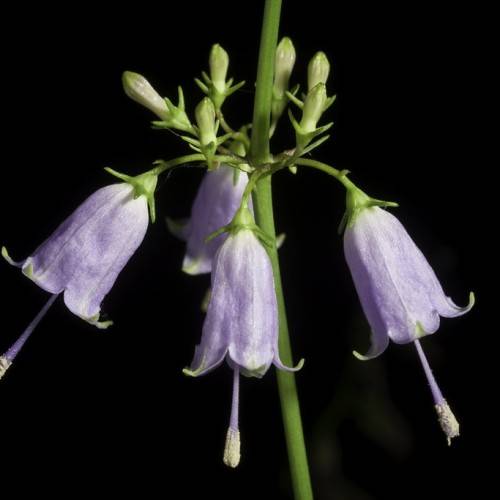
Campanule À Feuilles Larges
Campanula latifolia subsp. latifolia
Watering:
Average
Hardiness Zone:
Sun:
full sun,part shade
Leaf:
Yes
Growth Rate:
Moderate
Drought Tolerant:
Yes
watering
For Intermediate Bellflower, water during the growing season when the soil begins to feel dry to the touch (usually every other day). Reduce watering after the blooming period until conditions become dry and after the plant goes dormant. Water thoroughly, until water runs out through the drainage holes, and avoid excess water that could cause root rot.
sunlight
The Intermediate Bellflower is an annual plant that requires several hours of direct sunlight each day to thrive. It is best to plant this flower in a spot that receives 4-6 hours of direct, unfiltered sunlight each day. It is important to remember that the longer the sun exposure, the better the flower will bloom. However, the Intermediate Bellflower should not receive too much direct sunlight as this can cause the petals to burn and fade. It also should not be in a shady area as this will result in a weak stem and little to no flowers. To ensure the best performance of Intermediate Bellflowers, a spot that receives 6 hours of full sun is preferred.
pruning
Intermediate Bellflower should be pruned when the flowers start to fade at the end of the season. Removing the faded flowers helps to encourage further flowering and better health of the plant. Pruning should be done when the plant is actively growing and producing blooms, generally in the middle of summer. Pruning should be done by removing dead or dying flowers and flower heads, leaving only the strong, healthy stems. Be sure to only prune back far enough to get rid of the dying parts but don’t take too much away as it may reduce the blooming capability of the plant. Cut stems with a pair of sharp scissors or pruning shears as cleanly as possible to avoid damage.
